An international team of researchers has uncovered evidence that astrophysics models of massive stars and supernovae are inconsistent with observational gamma-ray astronomy.
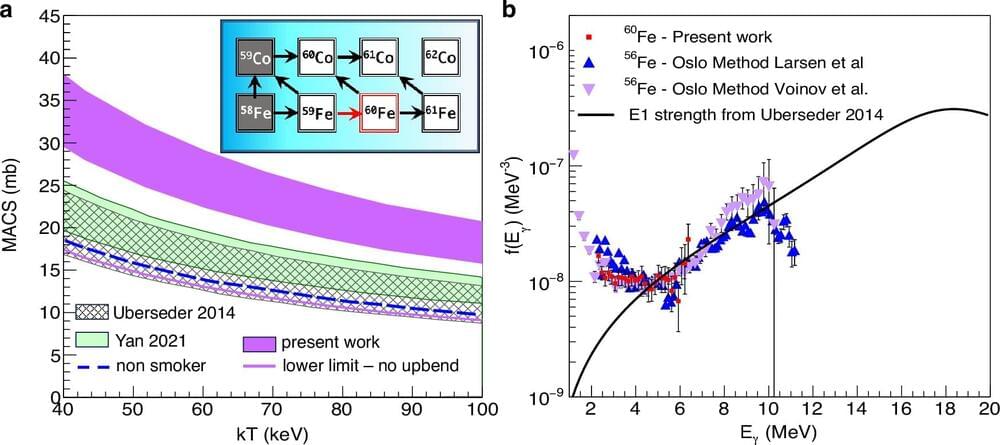

An international team of researchers has uncovered evidence that astrophysics models of massive stars and supernovae are inconsistent with observational gamma-ray astronomy.
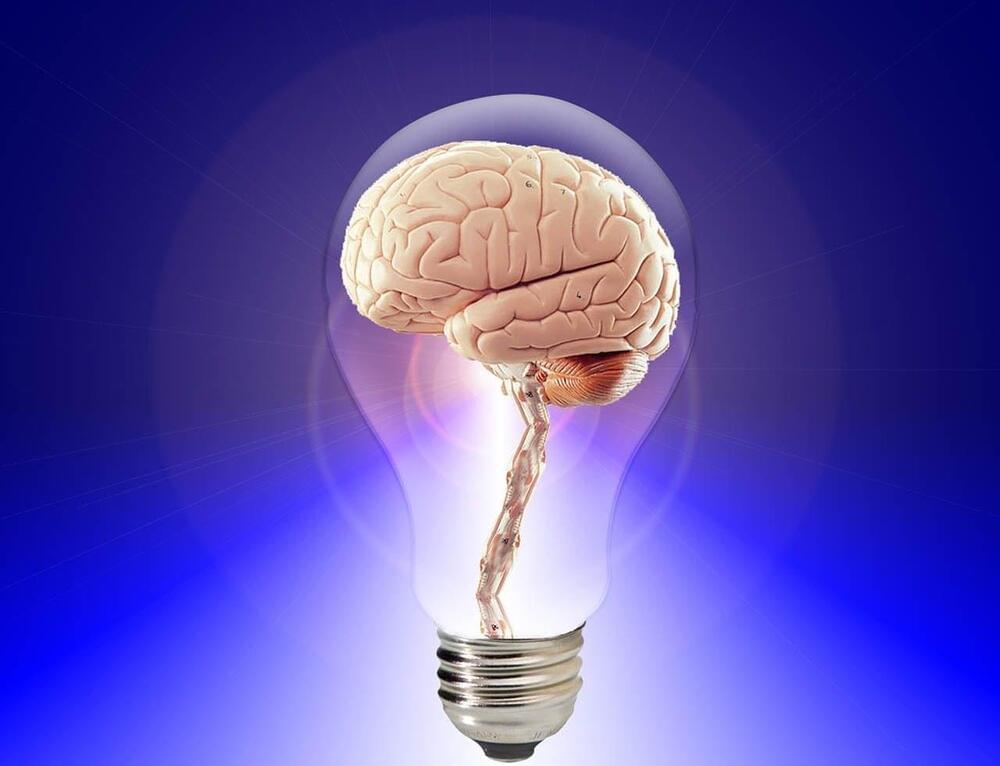
Johns Hopkins University-led researchers, working with the Biomarkers for Older Controls at Risk for Dementia (BIOCARD) cohort, have found that certain factors are linked to faster brain shrinkage and quicker progression from normal thinking abilities to mild cognitive impairment (MCI). People with type 2 diabetes and low levels of specific proteins in their cerebrospinal fluid showed more rapid brain changes and developed MCI sooner than others.
Long-term studies tracking brain changes over many years are rare but valuable. Previous research mostly provided snapshots in time, which can’t show how individual brains change over the years. By following participants for up to 27 years (20-year median), this study offers new insights into how health conditions might speed up brain aging.
In a study, “Acceleration of Brain Atrophy and Progression From Normal Cognition to Mild Cognitive Impairment,” published in JAMA Network Open, researchers used the BIOCARD cohort to examine risk factors associated with the acceleration of brain atrophy and progression from normal cognition to MCI. An Invited Commentary is also available.
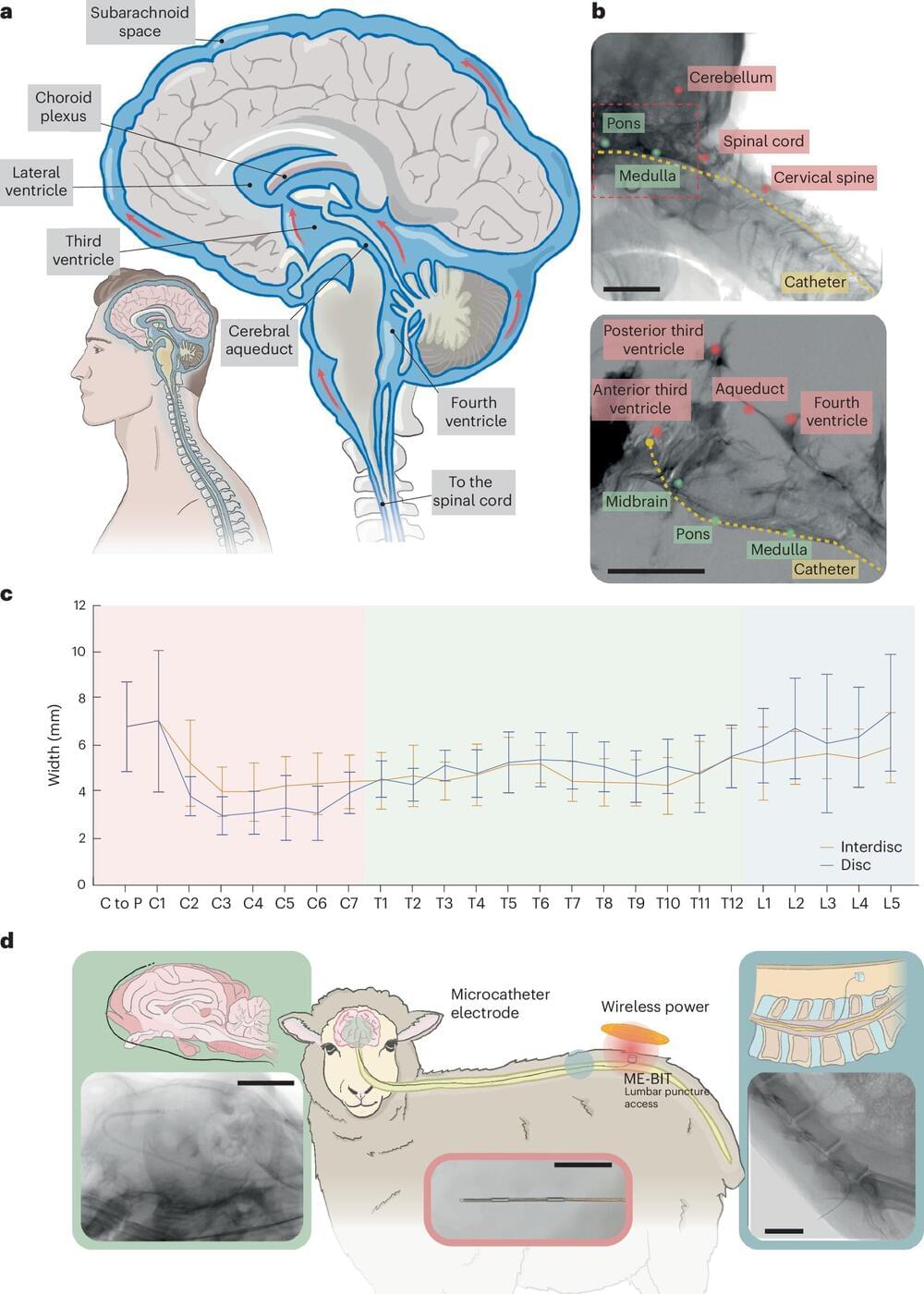
A team of researchers led by Rice University’s Jacob Robinson and the University of Texas Medical Branch’s Peter Kan has developed a technique for diagnosing, managing and treating neurological disorders with minimal surgical risks. The team’s findings were published in Nature Biomedical Engineering.
While traditional approaches for interfacing with the nervous system often require creating a hole in the skull to interface with the brain, the researchers have developed an innovative method known as endocisternal interfaces (ECI), allowing for electrical recording and stimulation of neural structures, including the brain and spinal cord, through cerebral spinal fluid (CSF).
“Using ECI, we can access multiple brain and spinal cord structures simultaneously without ever opening up the skull, reducing the risk of complications associated with traditional surgical techniques,” said Robinson, professor of electrical and computer engineering and bioengineering.
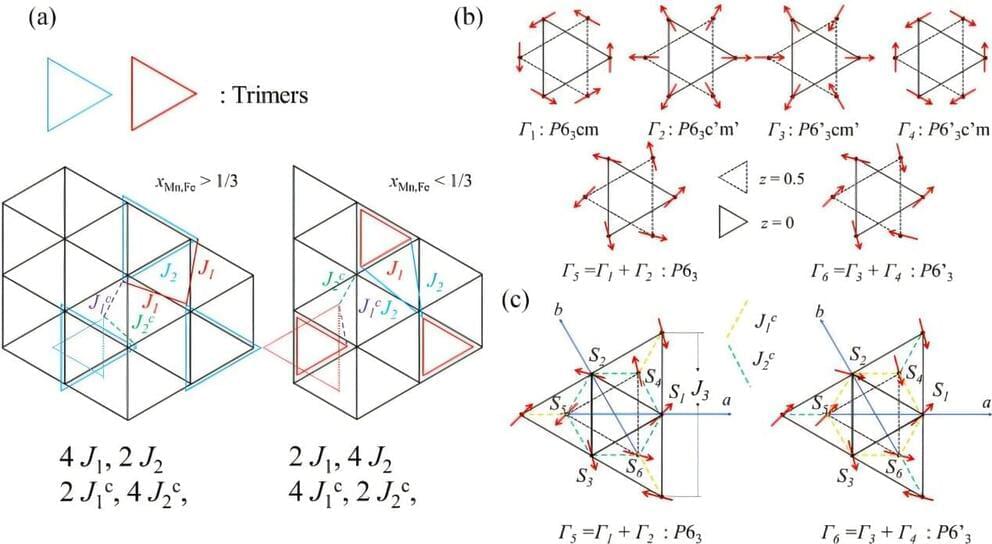
Researchers from a large international team, including ANSTO, have investigated the magnetic properties of two unique 2D triangular lattice antiferromagnetic materials (2D-TLHAF) using various neutron scattering techniques.

Electrocaloric (EC) cooling works by using electricity to generate a cooling effect, which is more efficient, cost-effective, and environmentally friendly compared to traditional vapor-compression-based cooling methods.
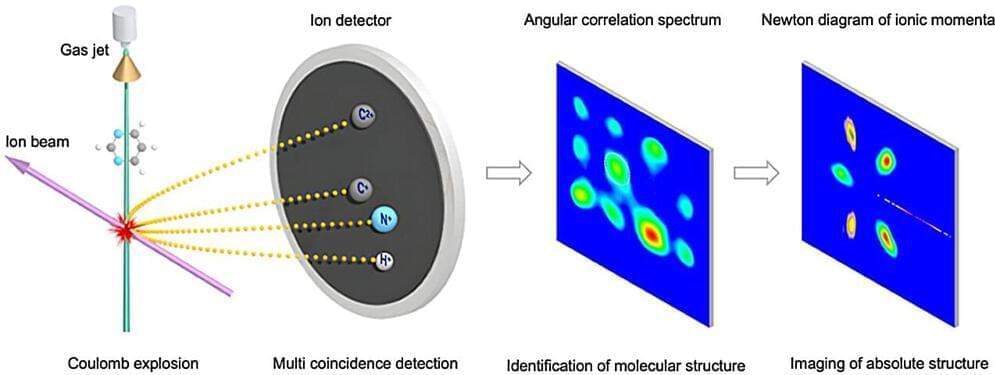
A new study published in Physical Review Letters and led by researchers from the Institute of Modern Physics (IMP) of the Chinese Academy of Sciences (CAS) has demonstrated that a Coulomb explosion induced by highly charged ions is a unique tool for precisely imaging the structures of complex molecules.
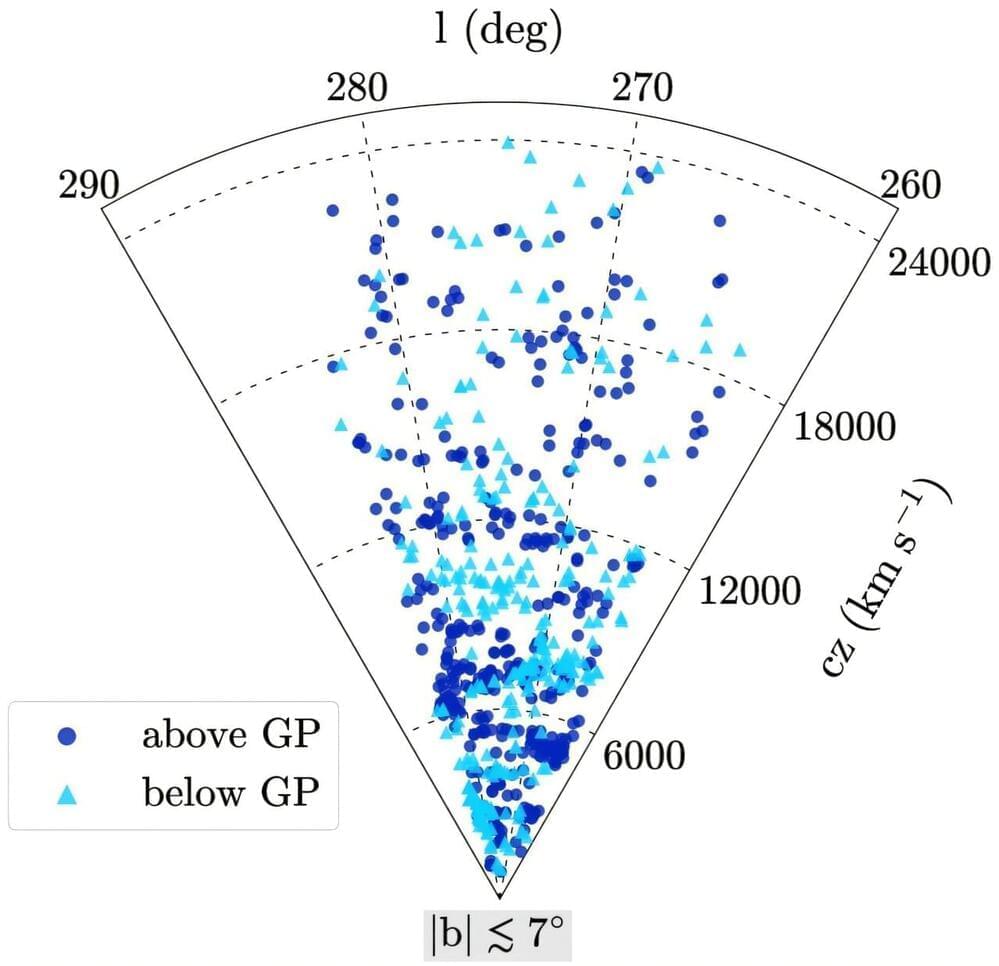
There is a region of the sky where astronomers fear to look. Filled with dark clouds of dust, it hides an unseen mass. A mass so large it is pulling the Milky Way and other galaxies toward it.
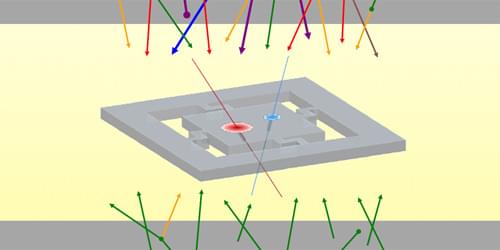
Researchers have characterized the naturally occurring background radiation hitting a typical quantum circuit—a result that might help with the engineering of devices that are less vulnerable to radiation-induced decoherence.
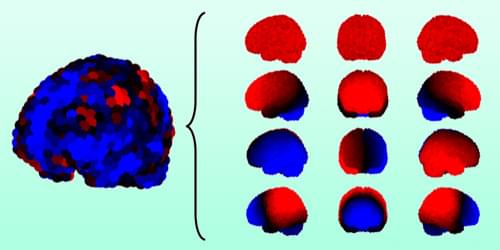
A new frequency-based analysis of recordings from neurons in the brain may give insight into brain pathologies such as Parkinson’s disease.

The South Pole-Aitken Basin on the Moon’s far side is one of the most remarkable regions in our Solar System. Spanning approximately 2,500 kilometers (1,550 miles) in diameter, it’s among the largest known craters, with research interest from multiple space agencies. Among recent discoveries, planetary scientists uncovered an enormous mass anomaly beneath this basin, which could be key to understanding the Moon’s geological history. This mass anomaly, first revealed in 2019, has implications for future lunar missions and provides a window into the Moon’s formation.
Discovery of a Giant Mass Anomaly
Scientists detected the buried mass using data from NASA’s Gravity Recovery and Interior Laboratory (GRAIL) mission, which monitors changes in the Moon’s gravitational field. This unique technique enabled researchers to identify the anomaly and measure its incredible weight, estimated at around 2.18 billion billion kilograms. The mass was so dense that it caused the basin floor to dip by nearly a kilometer (more than half a mile), an indication of its massive gravitational pull. To visualize this, Peter B. James, the lead scientist from Baylor University, compared it to burying a metal structure five times the size of Hawaii underground.